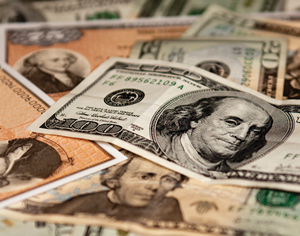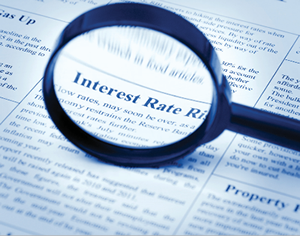
The 30-year bear market in bonds has reduced yields to paltry levels. The 10-year Treasury has frequently hovered near 1.6% in recent months, yet it has averaged 6% over the past 50 years. Because bond prices move in the opposite direction of interest rates, investors who buy long maturity bonds to get the extra yield can suffer large losses if interest rates move higher. But investors who stay with shorter maturities may have it even worse in today’s low yield environment. Yields today are so low that a million dollars invested in six-month US Treasuries only generate an annual income of about $1,000. However, inflation would reduce the buying power of the million dollars by $20,000 per year.
With Treasuries yielding next to nothing and investors looking for reasonable ways to get more income, it is vitally important to consider a wide range of options to generate extra return.
RIDING THE CURVE
One of the most notable features of US Treasury bonds today is the steep yield curve. By keeping interest rates very low, the Federal Reserve has reduced short-term bond yields to almost nothing while longer-term bond yields have remained higher. The Fed directly impacts short-term rates but can only indirectly impact long-term rates. So, when you compare the two-year Treasury yield of 0.2% versus the 30-year Treasury yield of 2.7%, the 2.5% difference is an unusually wide spread. The steepness of the yield curve is an opportunity for bond buyers, because as bonds age they roll down this yield curve. For example, a 10-year corporate bond that yields 3.3% could, after four years, become a six-year bond yielding 2.3%. Because the bond’s coupon payments are fixed, the only way for the bond’s current yield of 3.3% to get down to its future yield of 2.3% over the next four years is for its price to rise. This strategy gives bond buyers a chance to grab some extra yield plus the potential for some price gain without loading up on undue risk.
JUNK GEMS
Because high-yield bonds can be very volatile when the economy weakens, safety-minded investors should minimize this portion of their portfolio. However, many junk bonds offer extra yield without a large increase in risk. You can buy high-yield bonds individually, but I would recommend purchasing them through an exchange traded fund, mutual fund, or closed-end company. These funds specialize in researching, buying and monitoring these types of bonds. A typical fund will hold many dozens or hundreds of individual bonds in their portfolio thus protecting you from the risk of any one, or a few of them, running into financial trouble.

EMERGING MARKETS
While much of the developing world, like the United States and Europe, faces serious fiscal issues, governments in many of the emerging and developing world do not face such stark problems. Yields are typically higher on these emerging market government bonds than on US government bonds. Most have faster growth than the US and improving economic conditions, which will ultimately improve their credit quality and prices over time. In recent years, investors have moved a significant amount of money into emerging market bonds, but they have shown a preference for dollar denominated bonds, making their local currency bonds attractive by comparison. This is another area where purchasing bonds is better done through a fund due to the safety you receive from diversification and professional management. While foreign bonds denominated in their local currency can add a little volatility due to currency swings, they can also offer you protection if the dollar’s value decreases over time.
FLOATING RATES
There are also many mutual funds and closed-end companies that invest in bonds whose interest rates are variable, not fixed. This type of bond will be better protected as interest rates begin to rise. Remember that since a typical bond’s interest payment is fixed when it is originally issued, the only way the bond can adjust to changing interest rates in the economy is for its price to change. Thus, when interest rates rise, most bonds will lose value. However, a floating rate bond should see its value remain fairly stable since its interest rate will reset periodically.
CONCLUSION
Yields are low and will likely stay low for the next few years making it more difficult than at any time in the past 50 years to safely earn a decent return. Further, what appears safest (e.g. Treasuries), may actually be riskier than at any other time in their history. The “income” portion of a portfolio has traditionally been the lowest risk and easiest to manage because a simple “buy-and-hold” approach was good enough. However, what worked in the past will not work if interest rates begin to rise. A more broadly diversified bond portfolio will be a necessity over the next few years to insure a steady flow of portfolio income in a rapidly changing world.
Robert J. Katch is the founder of Manchester Financial, an Investment Counsel/Wealth Management firm located in Westlake Village. For more information call 805-495-4405


